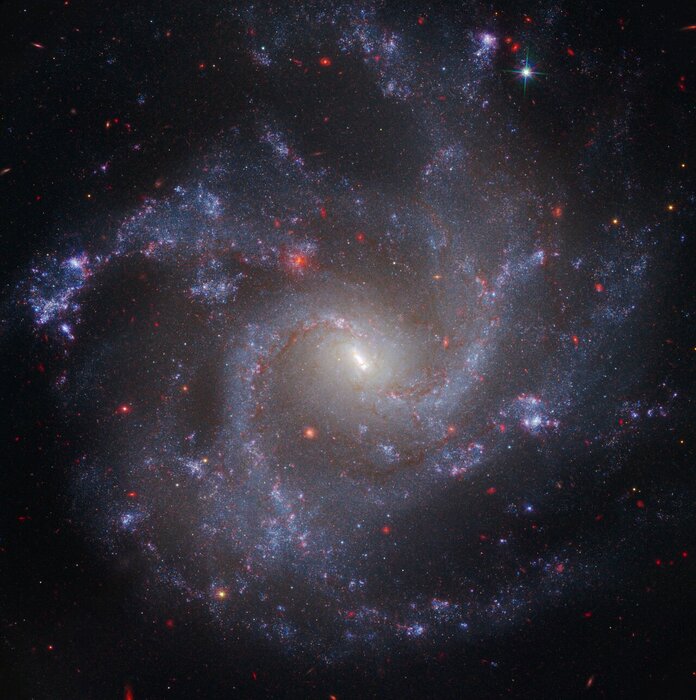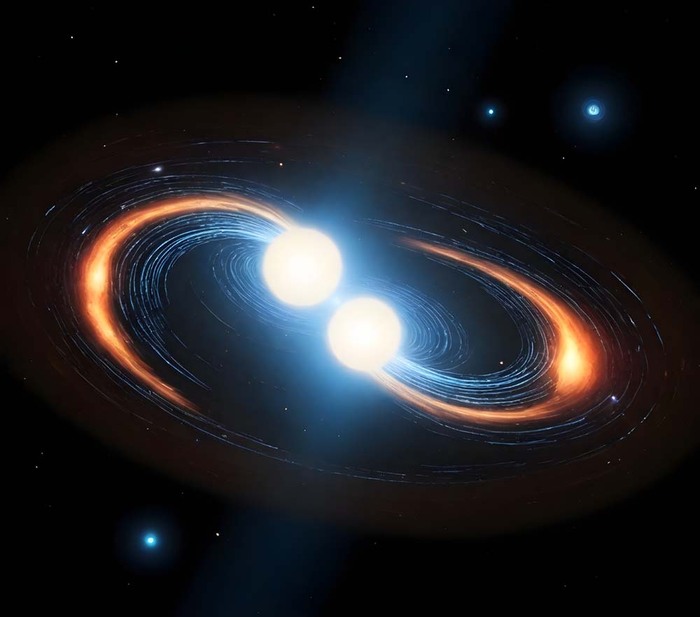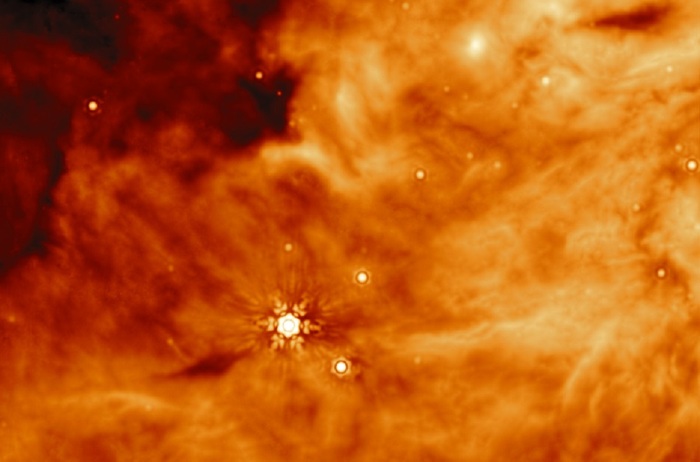The launch date of the James Webb Space Telescope (JWST) by an Ariane 5 rocket, repeatedly postponed, was confirmed for December 24 by Nasa and Arianespace on Saturday.
The flight will take place at 1:20 p.m. French time.
🗓️ The James Webb Space Telescope is confirmed for the target launch date of December 24, at 09:20 am Kourou time (12:20 UTC / 13:20 CET). # WebbFliesAriane # VA256 pic.twitter.com/UmdAvB0yQz
- Arianespace (@Arianespace) December 18, 2021
An ultra-complex engineering gem, the JWST will be the largest and most powerful ever to be sent into space.
It was built in the United States under the direction of NASA, and incorporates instruments from the European (ESA) and Canadian (CSA) space agencies.
A 10 billion dollar telescope
Its launch from the Kourou base, where it arrived in October from California, has been postponed twice following minor issues.
NASA and Arianespace wanted to exclude any risk linked to the launch of the instrument, developed for more than 20 years at a cost of around ten billion dollars.
The joint teams of NASA and Arianespace "have successfully encapsulated the observatory in the Ariane 5 rocket," NASA explained, confirming the launch date.
Already perched at the top of the rocket, the telescope was thus enclosed in its cap.
A general review of the launch will take place on December 21, and if everything is ready, the rocket will be brought to its launch pad on December 22, NASA said.
Read also ISS on alert: from the explosion of a Russian satellite to the diplomatic crisis, story of a space mess
Presented as the successor of the Hubble telescope, launched in 1990, the JWST must explore with unparalleled precision all the phases of the cosmos, up to the first ages of the Universe and the formation of the first galaxies.
It will be placed in orbit around the sun, 1.5 million kilometers from Earth.













